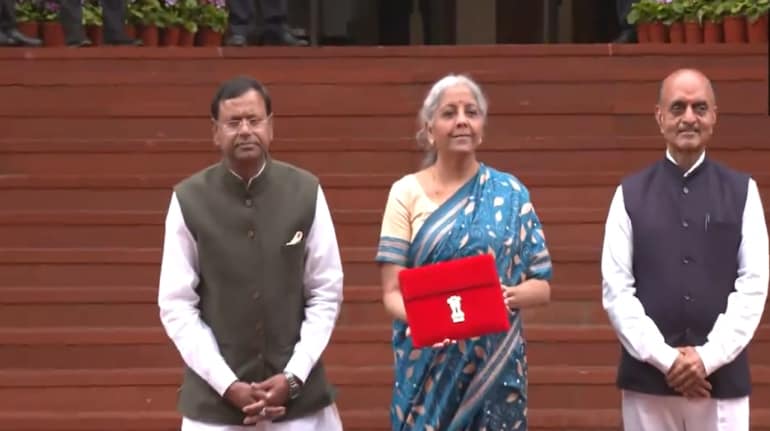By 2050, India’s total electricity demand from residential air conditioners in the current policy scenario will exceed total consumption in the whole of Africa
NEW DELHI: Air conditioner ownership in India has increased three-fold since 2010 to 24 units per 100 households due to rising heat while the electricity consumption as a result of space cooling increased by 21% between 2019 and 2022, the International Energy Agency (IEA) said on Tuesday. The ownership was estimated to expand ninefold by 2050, outpacing the growth in that of household appliances including televisions, refrigerators, and washing machines.

Nearly 10% of electricity demand was coming from space cooling requirements. “Over the past five decades, India has witnessed over 700 heatwave events, which have claimed over 17000 lives. Fuelled by its geographic and meteorological conditions, air conditioner ownership in India has been steadily rising with growing incomes, tripling since 2010 to reach 24 units per 100 households,” said the IEA’s World Energy Outlook.
IEA said there is a sharp increase in electricity consumption as temperatures cross the 25°C. By 2050, India’s total electricity demand from residential air conditioners in the current policy scenario will exceed total consumption in the whole of Africa.
In the scenario India aspires to be in such as becoming carbon neutral by 2070, electricity demand for air conditioners will be nearly 15% lower in 2050 compared to current policy as a result of increased use of energy-efficient air conditioners and thermal insulation in buildings. “This reduction itself is larger than the total electricity generation by several countries today, such as that of the Netherlands,” IEA said.
Implementation of building codes, efficient appliances, and the adoption of demand response measures enable the same cooling needs to be met with less energy in the policy scenarios India aspires to. “Although solar PV matches well with daytime cooling needs, cooling demand is also significant in India during the late evening and at night. Lowering cooling demand through energy efficiency policies therefore reduces the need for investment in batteries or expensive standby generation capacity, and thus helps to integrate renewables more cost-effectively,” IEA said.
IEA said India has since 2000 brought electricity to 810 million people, larger than the population of the European Union and the United States combined. India has also brought clean cooking access to 655 million people since 2000, although 430 million people continue to live in households that use traditional biomass.
Over the past five years, solar PV has accounted for nearly 60% of new generation capacity. India has had the single largest light-emitting diode (LED) adoption campaign in the world, with around 370 million LEDs distributed through the UJALA scheme by 2023. India has also achieved self-sufficiency in petroleum refining capacity despite being a net crude oil importer, although certain petroleum products continue to be imported.
In the current policy scenario, India will have the largest energy demand growth of any country or region in the world over the next three decades. “Although India’s population growth has slowed to reach replacement levels, its urban population increases by 74%. and per capita income triples by 2050. Industrial output expands rapidly, for example through a tripling of output of iron and steel, and doubling of cement, plus there is a ninefold increase in residential air conditioner ownership by 2050,” IEA said.
The IEA’s World Energy Outlook referred to an energy system in 2030 in which clean technologies play a significantly greater role globally. This includes almost 10 times as many electric cars on the road worldwide, solar PV generating more electricity than the entire US power system does currently, renewables’ share of the global electricity mix nearing 50%, up from around 30% today, heat pumps and other electric heating systems outselling fossil fuel boilers globally, and three times as much investment going into new offshore wind projects than into new coal- and gas-fired power plants. “All of those increases are based only on the current policy settings of governments around the world.”
IEA said if countries deliver on their national energy and climate pledges on time and in full, clean energy progress would move even faster. “However, even stronger measures would still be needed to keep alive the goal of limiting global warming to 1.5 °C,” it added.
IEA executive director Fatih Birol said the transition to clean energy is happening worldwide and it is unstoppable. “It is not a question of if, it is just a matter of how soon – and the sooner the better for all of us.”
 Subscribe today by clicking the link and stay updated with the latest news!" Click here!
Subscribe today by clicking the link and stay updated with the latest news!" Click here!Air conditioner ownership in India increased 3-fold since 2010 due to rising heat - Hindustan Times
Read More

No comments:
Post a Comment